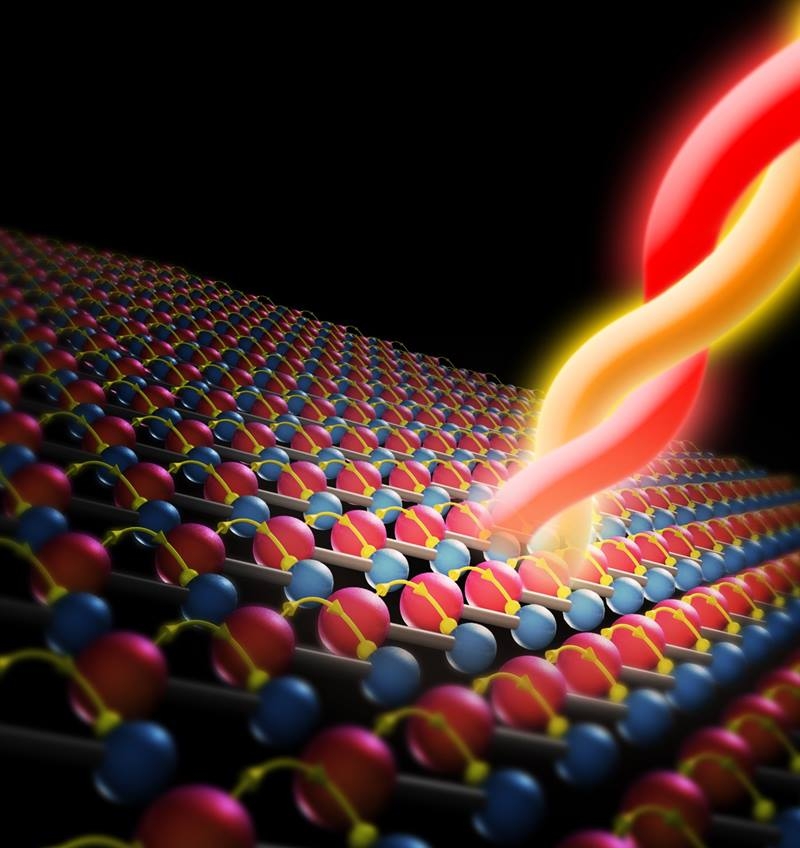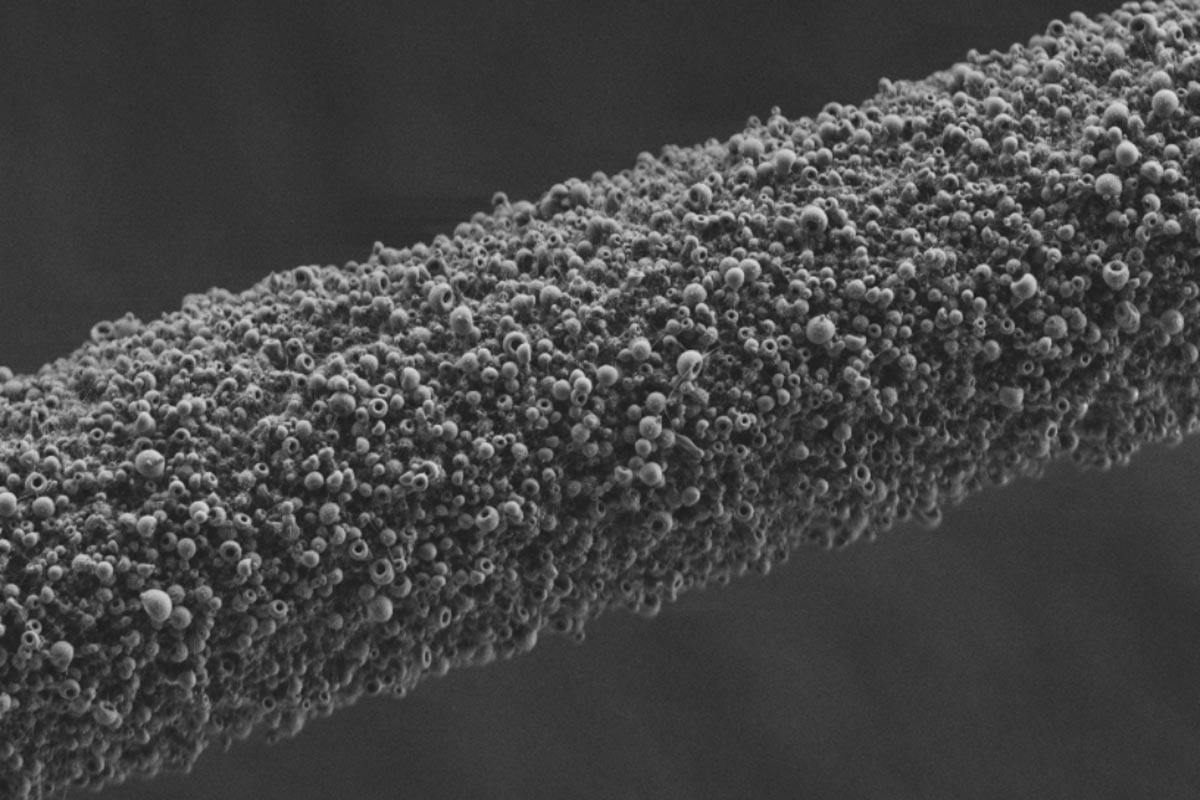The Science
The Impact
The bulk photovoltaic effect is a way to convert light into electrical current. Scientists may be able to use this effect to increase efficiency and reduce costs compared to conventional approaches to solar cells. In this research, scientists developed microscopic devices based on the Weyl semimetal tantalum arsenide. In most materials, the bulk photovoltaic effect is small. However, the unique properties of Weyl semimetals led to the material demonstrating a much larger bulk photovoltaic effect than scientists have seen before. In addition, the photovoltaic devices they developed absorb mid-infrared light. This is an important wavelength for devices that conduct chemical and thermal imaging as well as waste heat recovery.
Summary
Scientists have observed a remarkably large mid-infrared bulk photovoltaic effect (BPVE) in microscopic devices made from the Weyl semimetal tantalum arsenide (TaAs). This discovery results from combining recent developments in Weyl semimetals, focused-ion beam fabrication, and theory, which suggested a connection between BPVE and topology. First, the high efficiency of the nonlinear photovoltaic process comes from a unique property of Weyl semimetals where electrons can be separated by their chirality (“handedness”). Second, previous research had shown that the photovoltaic response of these materials can be dominated by thermal effects. In this study, scientists used a focused ion beam to fabricate a micrometer-scale slice of a TaAs crystal into an ideal shape for photovoltaic measurements. Then, combining a symmetry analysis with this device geometry enabled researchers to separate the shift current (photovoltaic effect) from photothermal effects. The observed magnitude and wavelength range of the shift current advances our fundamental understanding of the effects of topology in materials. It also demonstrates the utility of Weyl semimetals for broad range of practical applications.
Funding
Research supported by US Department of Energy (DOE), Office of Science, Basic Energy Sciences for the photocurrent characterization and crystal synthesis (G.O.; K.S.B; N.N., B.S.); the National Science Foundation (M.J.G., magnetotransport measurements; and X.Y. and Y.R., group theory analysis, local-density approximation and tight binding calculations); with international support from the German DAAD Research Internships in Science and Engineering fellowship (L.K.D.) and the European Research Council (ERC) under the European Union’s Horizon 2020 research and innovation program (device fabrication, X.H. and P.J.W.M.).
Original post https://alertarticles.info



